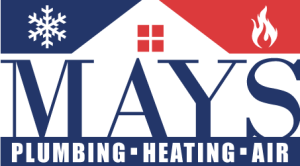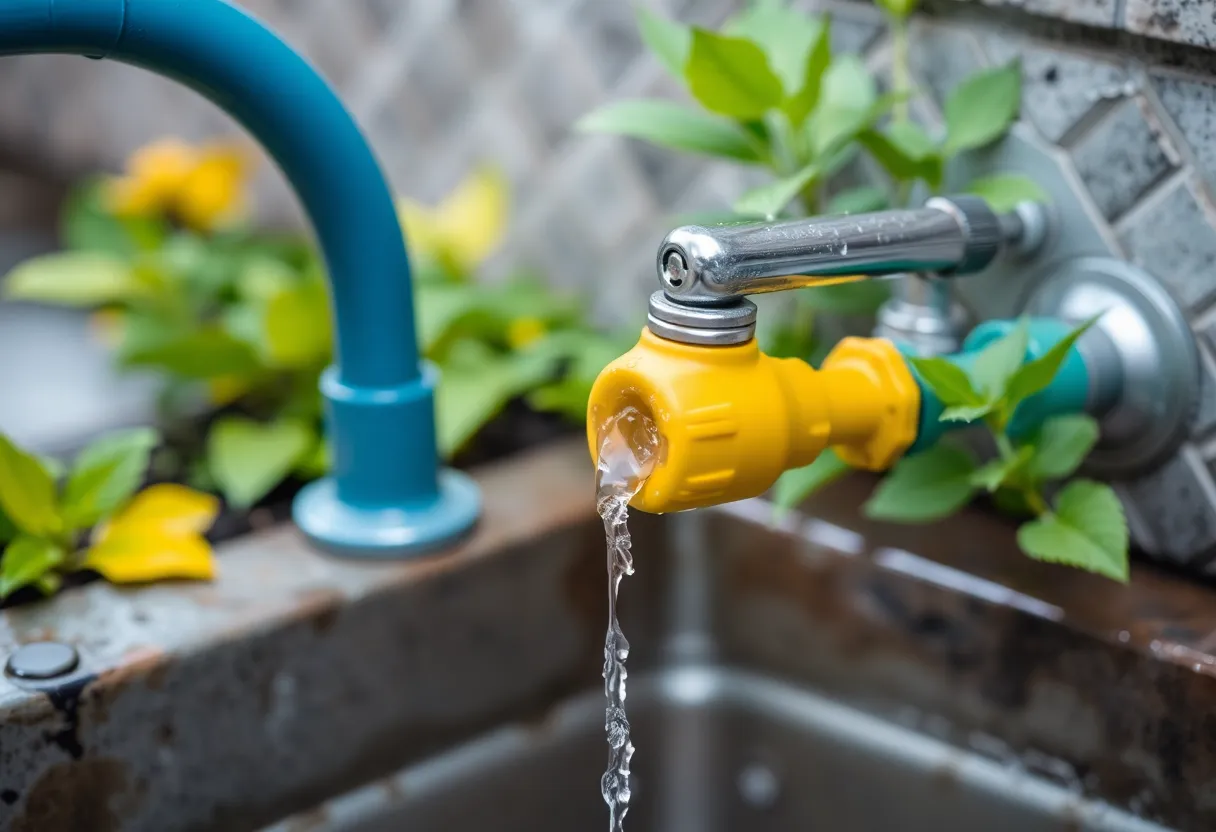Plumbing Resolutions: 7 Essential Steps to Spring Clean Your Plumbing System for Optimal Performance
As the seasons change and spring approaches, it’s the perfect time to pay attention to your home’s plumbing system. Just like spring cleaning your home, refreshing your plumbing can help ensure that everything is functioning seamlessly. The wear and tear from winter can lead to various minor issues that, if left unchecked, might develop into larger problems. This article explores seven essential steps to thoroughly spring clean your plumbing system, guaranteeing optimal performance.
Step 1: Inspect and Clean Fixtures
The first step to maintaining an efficient plumbing system begins with inspecting and cleaning your fixtures. This includes sinks, faucets, showers, and toilets. Look for any signs of wear, corrosion, or leaks. Here’s how you can go about it:
1.1 Check for Leaks
Even the smallest leak can cause water wastage and significantly increase your water bill. Inspect the area around all fixtures for water stains or puddles. If you find any leaks, it’s essential to fix them promptly, either through DIY repairs or by calling a professional plumber.
1.2 Clean Aerators and Showerheads
Mineral deposits can accumulate in aerators and showerheads, leading to reduced water flow. To clean them, remove the aerators and soak them in a solution of vinegar and water for a few hours. Scrub away any remaining deposits with a brush, rinse, and reinstall.
Step 2: Check Water Pressure
It’s essential to check and maintain proper water pressure in your home. Too much pressure can damage pipes and fixtures, while too little may hinder performance:
2.1 Use a Pressure Gauge
You can purchase a water pressure gauge at your local hardware store. Simply attach it to an outdoor faucet to test the pressure. Ideally, you want a range between 40 to 60 psi. If your reading is significantly higher, consider installing a pressure-reducing valve to protect your plumbing.
2.2 Assess Pressure Regulator
If your home has a pressure regulator, inspect it for wear and functionality. If the regulator is malfunctioning, it may need to be repaired or replaced.
Step 3: Inspect the Water Heater
Your water heater is one of the most vital parts of your plumbing system. Spring is an excellent time to inspect and maintain it:
3.1 Flush the Tank
Over time, sediment can build up in the bottom of the water heater, leading to reduced efficiency and possible damage. To flush your tank, you may need to:
- Turn off the power or set the gas to “pilot”.
- Connect a hose to the drain valve and direct it outdoors or into a bucket.
- Open the valve and allow the water to drain until it runs clear.
- Close the valve and refill the tank.
3.2 Check the Anode Rod
The anode rod helps prevent rust and corrosion inside the tank. Inspect it every few years and replace it if it’s significantly corroded.
Step 4: Clear Pipes and Drains
Clogged pipes and drains are a common issue that can affect the performance of your plumbing system. By taking proactive measures to clear them, you ensure a smooth flow of water:
4.1 Regular Maintenance
To prevent clogs, consider having a professional plumber conduct a thorough drain cleaning every spring. However, you can perform simple maintenance by:
- Using a plunger on stubborn clogs.
- Pouring a mixture of baking soda and vinegar down the drains. Follow this with hot water to help dissolve buildup.
- Installing drain screens to catch hair and debris.
4.2 Inspect Your Main Sewer Line
A blocked main sewer line can lead to disastrous backflows. Have a professional inspect the sewer line with a camera to identify any problems such as tree roots or cracks.
Step 5: Maintain Sump Pumps and Drains
If you have a sump pump, now is the time to perform maintenance to ensure it operates correctly when needed:
5.1 Test Your Sump Pump
Test your sump pump by pouring water into the pit where it’s located. The pump should activate and remove the water efficiently. If it doesn’t work properly, consider cleaning the pump or replacing it.
5.2 Check Battery Backup
For additional security, if your sump pump has a battery backup, test it as well. Ensuring both power sources are functional is crucial for flood prevention during heavy rains.
Step 6: Assess Your Home’s Sewage System
Reviewing and maintaining your sewage system is vital for preventing backflow and other plumbing nightmares:
6.1 Visual Inspection
Conduct a visual inspection of your sewage system, including cleanouts and vent pipes. Look for any signs of wear or blockages.
6.2 Schedule a Professional Inspection
If you suspect an issue with your sewage system, hire a professional plumber for a thorough inspection and cleaning. This precaution can save you headaches in the future.
Step 7: Consider Your Home’s Plumbing Layout
Finally, taking the time to assess your home’s plumbing layout can yield valuable insights into its performance:
7.1 Plan for Future Changes
If you’re considering home renovations or expansions, take into account how these changes may affect your plumbing system. Consult a professional to design plumbing layouts that’ll accommodate future needs.
7.2 Implement Water-Saving Solutions
Investing in water-efficient appliances and fixtures not only conserves water but also reduces your utility bills. Look for Energy Star-rated products when replacing old equipment.
Conclusion
Spring cleaning your plumbing system is crucial for maintaining optimal performance and preventing future issues. By following these seven essential steps, you can ensure that your plumbing system operates efficiently and effectively. Always remember that regular maintenance is key to a lasting plumbing system. Don’t hesitate to reach out to professionals if you encounter significant problems. With a well-maintained plumbing system, you can enjoy peace of mind knowing that your home is protected against the unexpected.












